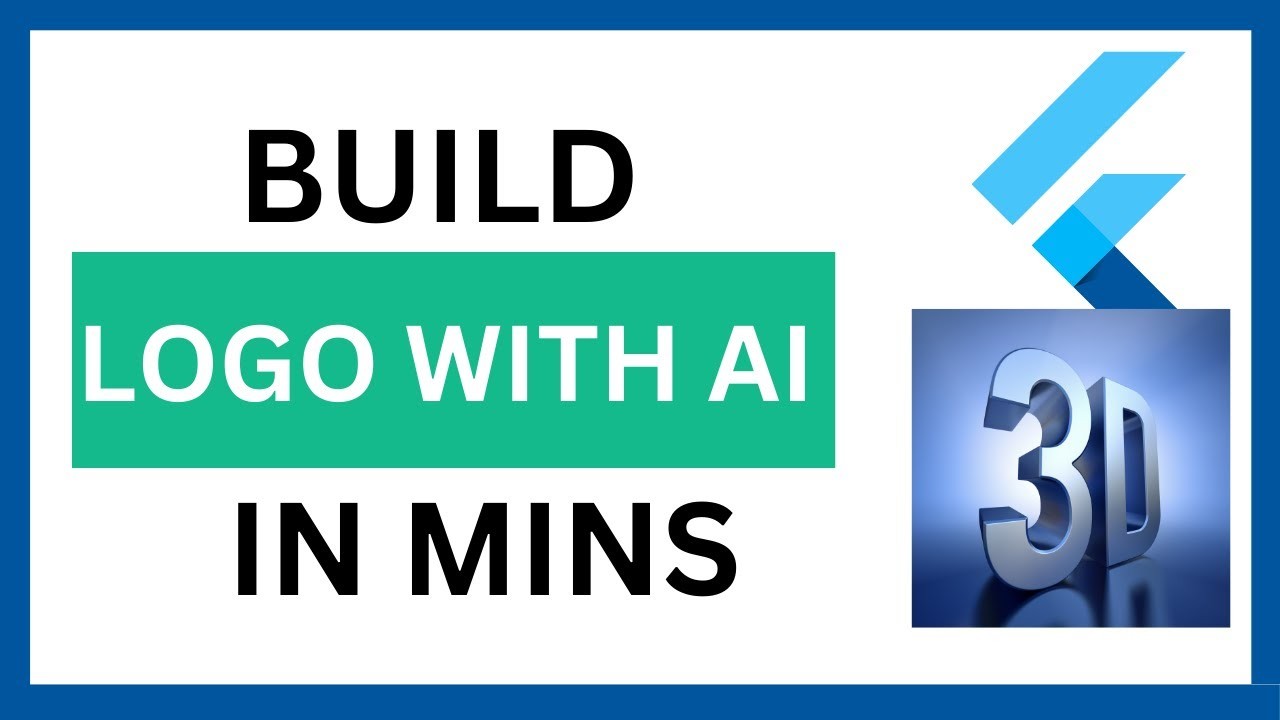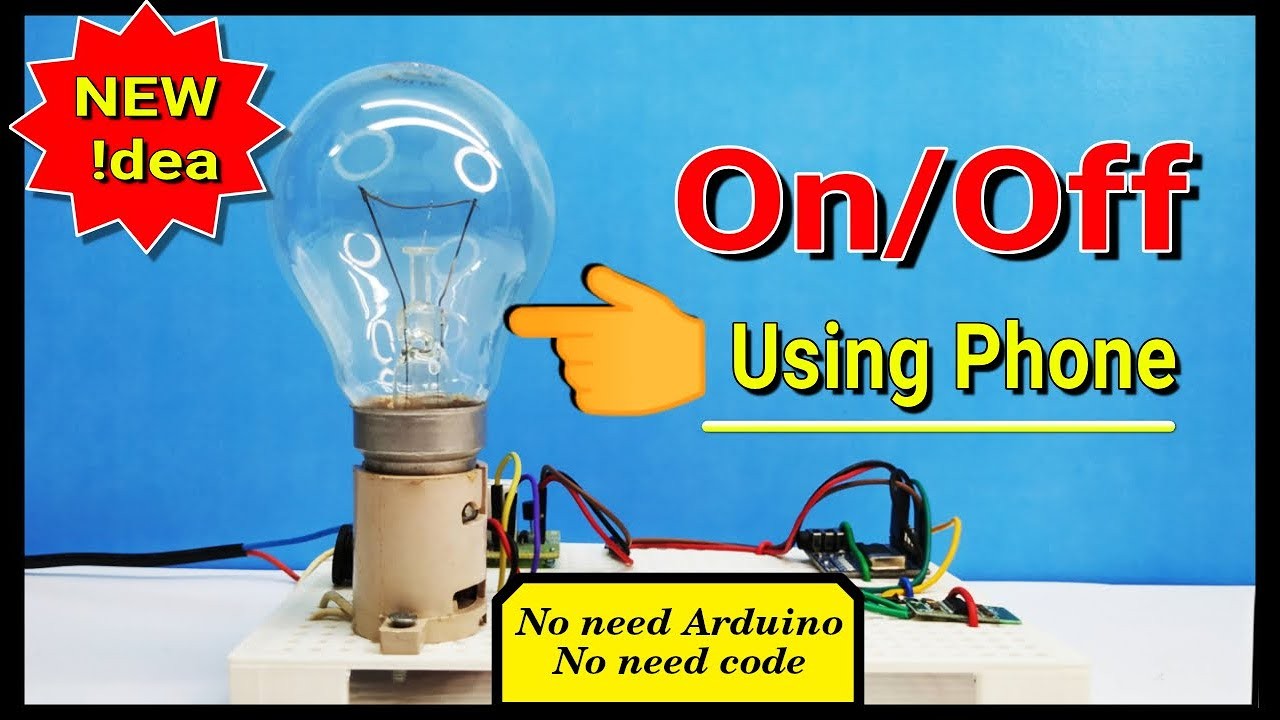In the fast-paced world of business, establishing a strong and memorable brand identity is essential. One of the most recognizable elements of any brand is its logo—a visual symbol that encapsulates a company’s values, mission, and personality in a single image. Traditionally, creating a professional logo has involved a lengthy process, often requiring collaboration with graphic designers, multiple revisions, and a considerable investment of both time and money. However, the rise of artificial intelligence (AI) is transforming this landscape, enabling businesses to create compelling logos in mere minutes. Understanding how AI-driven logo creation works, and what it means for businesses, offers valuable insight into the evolving intersection of technology and branding.
At its core, AI-powered logo design leverages advanced algorithms and machine learning models to generate logo concepts quickly based on user inputs. Instead of starting with a blank canvas, AI tools ask business owners to provide some basic information—such as the company name, industry, preferred style, color schemes, and sometimes even brand values or slogans. From there, the AI sifts through an extensive database of design elements, fonts, icons, and color palettes, combining them in innovative ways that align with the provided details. What emerges is a selection of logo options that are uniquely tailored to the business yet generated at a speed impossible to match manually.
One of the greatest appeals of using AI for logo creation is how it democratizes access to high-quality design. For startups, small businesses, and entrepreneurs who might lack the budget to hire a professional designer, AI logo generators offer a practical and affordable alternative. A freelance designer might charge hundreds or even thousands of dollars for a custom logo, plus additional costs for revisions. By contrast, AI tools typically offer free initial designs and reasonably priced packages for high-resolution files and commercial licenses. This accessibility means that business owners can focus more of their resources on other critical areas like product development, marketing, or customer service, without compromising on brand professionalism.
Beyond affordability and speed, AI tools bring an impressive level of customization and versatility. Because these platforms are data-driven, they can reflect current design trends and best practices while also adapting to individual preferences. For example, a tech startup might gravitate toward sleek, minimalist logos with cool blue tones, while a boutique coffee shop might prefer warmer colors and hand-drawn icons that evoke a cozy atmosphere. The AI’s ability to understand these nuances and suggest options accordingly helps businesses avoid generic logos that fail to resonate. Additionally, many platforms allow users to tweak colors, fonts, and layouts after the AI generates initial ideas, blending automated creativity with human judgment for the best results.
The rapid turnaround time afforded by AI logo creation is especially valuable in today’s agile business environment, where speed can be a competitive advantage. Imagine a founder launching an e-commerce site or a new app with a tight deadline. Waiting weeks for a designer to finalize a logo could delay marketing campaigns, website launches, and investor presentations. AI tools compress this timeline dramatically, often delivering polished concepts in under ten minutes. This immediacy not only accelerates go-to-market strategies but also supports iterative experimentation, allowing business owners to explore multiple logo variations and select the one that best fits their evolving vision.
While the benefits are significant, it’s also important to consider some limitations when relying on AI for logo design. Despite impressive technological advances, AI still lacks the nuanced intuition and creative storytelling that an experienced designer brings. Logos aren’t just about aesthetics—they must also communicate brand essence, emotional connection, and long-term adaptability. AI-generated logos can sometimes feel formulaic or miss subtleties that make a brand stand out in a crowded marketplace. Therefore, businesses aiming for truly iconic branding might consider using AI as a starting point, then collaborating with professional designers to refine and deepen the concept.
Another consideration is the issue of uniqueness and intellectual property. Since AI tools often use pre-existing design elements drawn from large libraries, there is a possibility that logos created by different users might share similarities. This could pose challenges for trademarking or differentiating the brand if not carefully managed. Some platforms address this by offering exclusive design options or customizing icons more extensively, but it remains a factor worth evaluating during the selection process.
Despite these challenges, AI-powered logo creation is undeniably reshaping how businesses approach branding, particularly in the early stages. The ability to quickly visualize a company’s identity in a tangible form helps founders solidify their brand story and communicate it consistently across channels. For example, a local fitness coach using an AI-generated logo can immediately establish a professional online presence that attracts clients, while a freelance consultant can create branded documents and presentations that inspire confidence. In both cases, the convenience and quality of AI tools empower businesses to compete with larger players who traditionally had the advantage of bigger design budgets.
Looking ahead, the integration of AI into branding is likely to become even more sophisticated. Advances in natural language processing and image recognition could enable AI to better understand brand narratives and cultural contexts, generating logos that tell deeper stories. Additionally, as augmented reality and immersive media grow, AI might create adaptable logos that function seamlessly across virtual environments, physical packaging, and social media platforms. This ongoing innovation underscores the role of AI not just as a tool for efficiency, but as a creative partner helping businesses shape their identities in a complex digital age.
In conclusion, using AI to create a business logo in minutes represents a transformative opportunity for entrepreneurs and companies alike. By combining data-driven design with speed and affordability, AI empowers brands to develop compelling visual identities without the traditional barriers of cost and time. While it may not replace the artistry of human designers entirely, AI serves as a powerful complement that streamlines the creative process and expands access to professional branding. For any business looking to make a memorable first impression, embracing AI logo generation can be a smart, strategic step toward standing out in today’s competitive marketplace.




